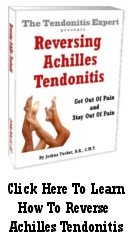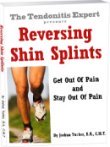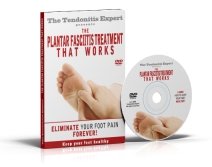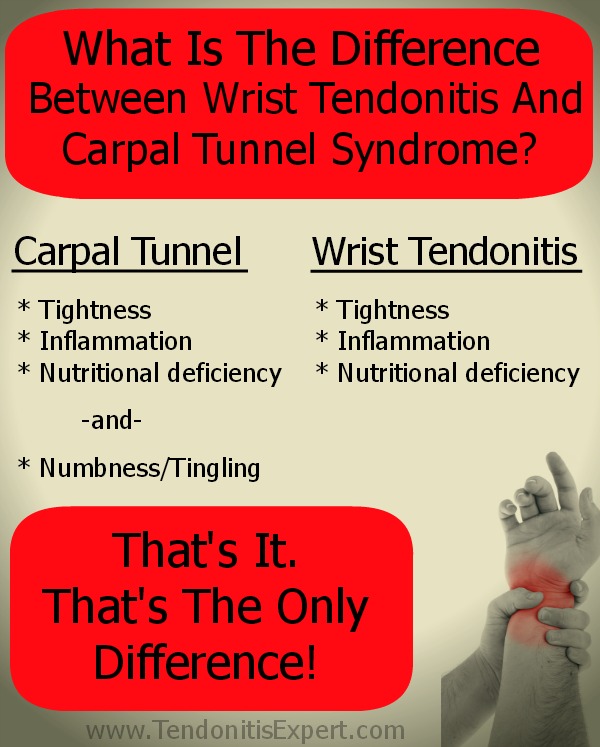Heel Spur Symptoms
Heel Spur Symptoms start long before you actually notice any actual bone growth.
Bone spurs don’t develop by accident, no matter if they show up on the heel, the ankle, the neck or the shoulder.
The body forms itself to the forces placed upon it. Spurs develop on your heel because of the forces placed upon your heel.
What causes the symtoms of heel spurs?
Causes Of Heel Spur Symptoms
(often not the heel spur)
Spurs get blamed for symptoms. But lots of people have spurs in their heel WITHOUT any symptoms.
See: Bone Spur
Let’s look at why spurs grow in the heel, and, what actually causes heel spur symptoms and then lets look at the symptoms heel spurs –can- actually cause.
What causes the bone formation?
As I said, the body shapes itself in response to the forces placed upon it.
Doctors rarely give an answer as to why the bone spur is there in the first place. As with many medical issues, causes are ignored and only symptoms are examined.
But new bone doesn’t grow just for fun. It grows because:
- Tendon is pulling on the bone, the brain thinks the bone needs to be stronger to withstand the load, so it signals new bone to grow in that spot.
- To a lesser degree, when the body doesn’t have enough magnesium, it expresses calcium.
Depending on the scenario of the bone formation, you can just have some excreted calcium. This can be reabsorbed if/when the body gets enough magnesium (or even if it doesn’t).
If you’re complaining about heel spur symptoms, or have been diagnosed as having one, you’re looking more at the growth being due to forces placed on the heel itself.
Forces on the heel:
- Pulling
- Pushing
Pulling: When tendon attaches to bone, and pulls on it the bone will grow to become ‘stronger’, structurally more able to withstand the force of the pull. Unfortunately, this can result in too much bone, where the spur actually damages tendon or other surrounding structure(s).
Pushing: When muscle isn’t working properly, it can’t do its job which is to absorb force. That force has to go somewhere.
Ultimately, this results in too much force on the heel. Whether that’s from a heel strike (when walking or running) and force transferring up through the bone, or standing and force being transferred up through the bone, that force upon the bone can trigger bone spur formation.
Ultimately, heel spurs form because the structures of the lower leg are not working properly.
Bone spur surgery can remove a heel spur, but it doesn’t beneficially affect the factors that caused the spur to form in the first place.
The factors of the Tendonitis dynamic are the same factors to blame for bone spurs to form.
See: What Is Tendonitis?
See: Pain Causing Dynamic
What Heel Spur Symptoms
Do Spurs Actually Cause?
So, what symptoms do heel spurs actually cause?
Remember, you can have a spur on your heel and not have ANY symptoms.
- You can have all kinds of pain without a heel spur.
- You can have all kinds of pain WITH a heel spur.
Point being, just because you have a heel spur doesn’t necessarily mean that it is causing so called heel spur symptoms. But you are having symptoms, and those need to be dealt with, either way.
The only actual symptoms a heel spur cause happen when the spur is
large enough to touch/grind on something physical:
Examples. When the heel spur:
- is located under the heel so you step on it, which irritates skin and other structures, and sends a pain signal which causes the brain to create more pain and defensive mechanism
- pushs out on skin and causes irritation etc
- grows up and out into tendon attachment, which affects all aspects of tendon/muscle function.
1. When you step on a heel spur (located on the bottom of the heel) it is going to HURT. It is also going to send a pain signal to the brain, which then turns up the dial on the Process of Inflammation. It is also going to tell that spur to grow larger so it can withstand all the new force being placed upon it. (Not the best plan, but it’s what the brain does…..)
2. If the spur is growing in some other direction and only pressing on skin, that can be problematic but is usually pretty minor.
3. But when the heel spur is growing at/on/under the Achilles tendon attachment area of the heel, this can start to cause real problems:
A. irritates the tendon
B. causes the tendon to grow and thicken (scar tissue,mostly
C. damages the tendon, causing scar tissue formation and ongoing damage that gets worse and wors
D. causes the muscle to tighten, which pulls the tendon taut and puts more force on the area of the bone spur….causing it to grow more.
E. Repeat A – E.
So, the symptoms that a heel spur directly causes are:
- Tendon irritation
- Tendon damage
- Increase in pain
- Increase in inflammation process
- Shorter tighter lower leg muscles
- Tighter lower leg tendons
- Increased bone spur growth
After symptoms, we of course need to talk about Heel Spur Treatment.
Return to the top of this Heel Spur Symptoms page.
Go to the www.TendonitisExpert.com homepage.
| Share Your Story
|




